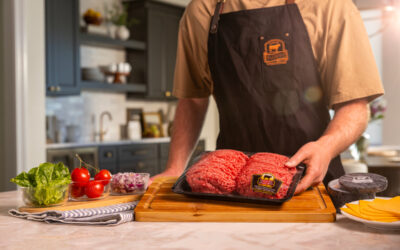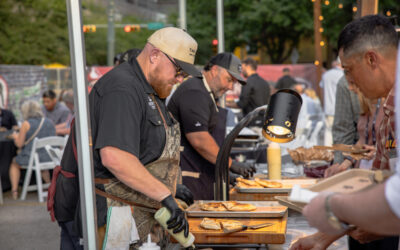
More better beef
 Federally Inspected slaughter made a high-water mark for this year at 621,000, the largest harvest since the second week of December, and a 4.9% increase over the previous week. The increase came as packers paid a new record price for fed cattle at $130, after trading a small amount of cattle on Tuesday at steady money to the previous week ($128). However, the futures market showed a strong upside on Thursday posting contracts at $131 and forcing buyers to up their bids in order to secure needs.
Federally Inspected slaughter made a high-water mark for this year at 621,000, the largest harvest since the second week of December, and a 4.9% increase over the previous week. The increase came as packers paid a new record price for fed cattle at $130, after trading a small amount of cattle on Tuesday at steady money to the previous week ($128). However, the futures market showed a strong upside on Thursday posting contracts at $131 and forcing buyers to up their bids in order to secure needs.
Packers increased asking prices across all grades amid those soaring live-cattle prices. Beef buyers were resistant to increases and pushed back later in the week. CAB total cutout value was up slightly (1.3% vs. previous) on the strength of middle meats while end meats traded sideways.
CAB acceptance rates for the week of February 13 maintained the previous weeks’ level at 25%. However, the volume of A-stamped carcasses increased by 5%, thereby increasing the total accepted for the brand by more than 2,000 head at CAB® licensed packers.
Until we meat again,
-David
You may also like
Success, Despite Challenges
Today’s market is complex and competitive. The collective effort of stakeholders across the supply chain positions Certified Angus Beef to meet the record demand for premium beef moving forward. Signals across the beef industry are clear and Angus farmers and ranchers seeking high-quality genetics that deliver premium beef are producing a product in high demand.
Keep the Supply Coming
A record-high 800 registrants from 17 countries gathered in Austin, Texas, to learn more about CAB, become inspired by the culinary work of chefs and pitmasters, and celebrate sales and production success. But at the forefront: supply and demand, a reflection of the chaotic past year, and preparing for what’s ahead.
Consumer Demand, Power of Quality
Demand for high-quality beef persists. But with that demand comes challenges. From tight cattle supplies to higher costs and increasing pressure on retailers to deliver a consistent eating experience, the pressure is on. David O’Diam, CAB VP of retail, addressed the current retail beef environment, highlighting both opportunities and challenges in today’s marketplace.



